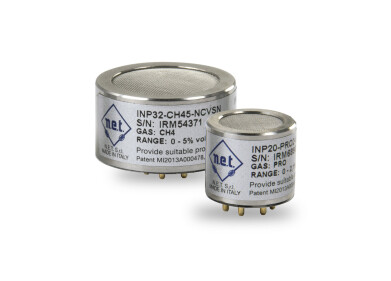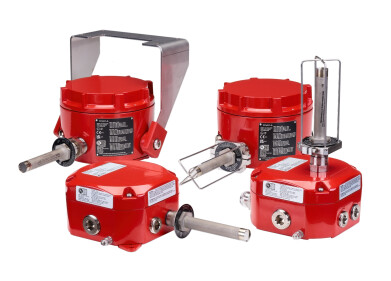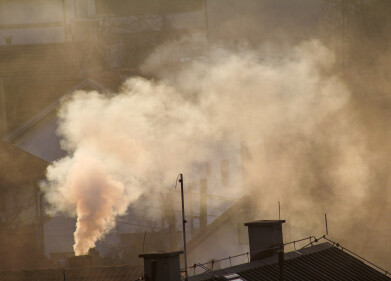Safety
SIL 2 Rated Gas Detection System Will Always Let You Know What is Going on in Your Plant
Nov 27 2009
The Statox 505 is a 4 – 20 mA Transmitter for toxic gases and oxygen by Compur Monitors (Germany) features everything that a gas detection instrument of the new generation needs. It includes state of the Art components (hardware and software), smart sensor technology, “heartbeat” sensor control and complete system diagnostics.
In process monitoring, the status information of plant components, in case of a failure, is becoming more of a critical issue. The standards DIN EN 61508 as well as the product standard DIN EN 50402 are powerful tools
to calculate the probability of a failure on demand. The Statox 505 complies with all of the requirements of these standards and complies with safety integrity level SIL 2 requirements. This provides a reliable database for
the user to calculate the safety standard of the plant. If the Statox 505 is operated as a SIL 2 component, a so called “proof test” during certain time intervals is mandatory.
All important parameters such as sensor “heartbeat“, signal output, calibration, sensitivity, temperature, sensor memory, amplifier, CPU, power supply are continuously monitored for proper function. In addition, it checks for a negative zero. In case of a failure, an alarm will be triggered; thus, the system cannot fail without the error being noticed. A green LED signalises the system status. The display and the controls are located at the inside of the housing and are well protected from the elements.
The sensors of the Statox 505 are plug and play technology. Each sensor has an F- RAM on board which communicates all relevant parameters to the sensor head; including gas, measuring range, last calibration,
ex works calibration, response time, alarm events etc.
The sensors can easily be calibrated in the shop. Therefore, calibration work will never be required within harsh elements (wind, rain, cold, heat). In addition,
carrying heavy test equipment and gas cylinders into the field will not be necessary. Quite simply, all the user has to in the field is plug the sensor back in. While the sensor is being calibrated in the shop, the sensor cartridge remains in place and protects the sensor head from both dust and rain.
Digital Edition
PIN 25.5 Oct/Nov 2024
November 2024
Analytical Instrumentation - Picturing Viscosity – How Can a Viscometer or a Rheometer Benefit You? - Sustainable Grease Formulations: Evaluating Key Performance Parameters and Testing Method...
View all digital editions
Events
Jan 20 2025 San Diego, CA, USA
Jan 22 2025 Tokyo, Japan
Jan 25 2025 San Diego, CA, USA
SPE Hydraulic Fracturing Technology Conference and Exhibition
Feb 04 2025 The Woodlands, TX, USA
Feb 05 2025 Guangzhou, China



















